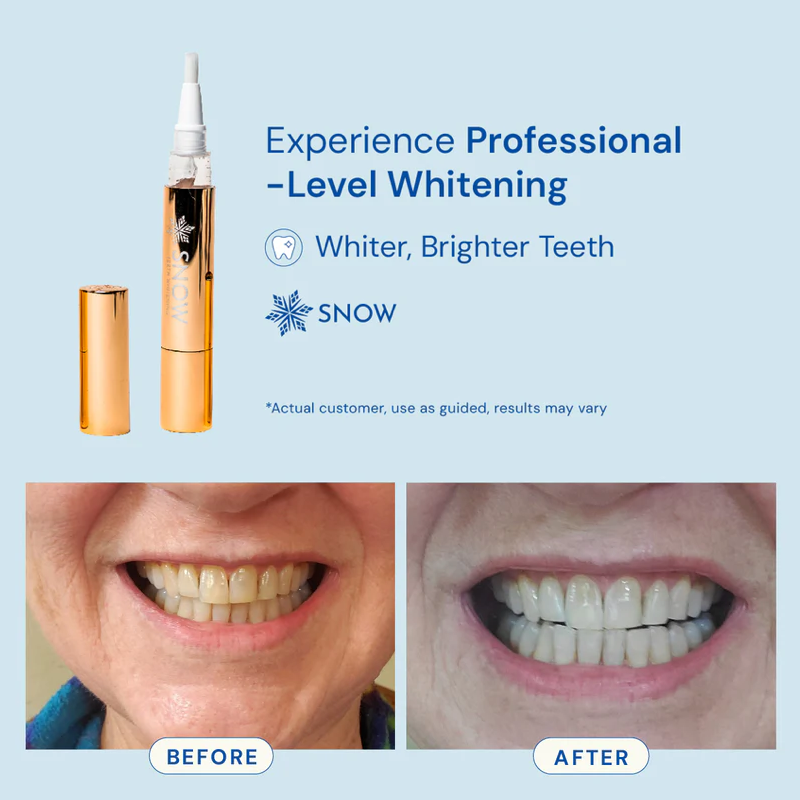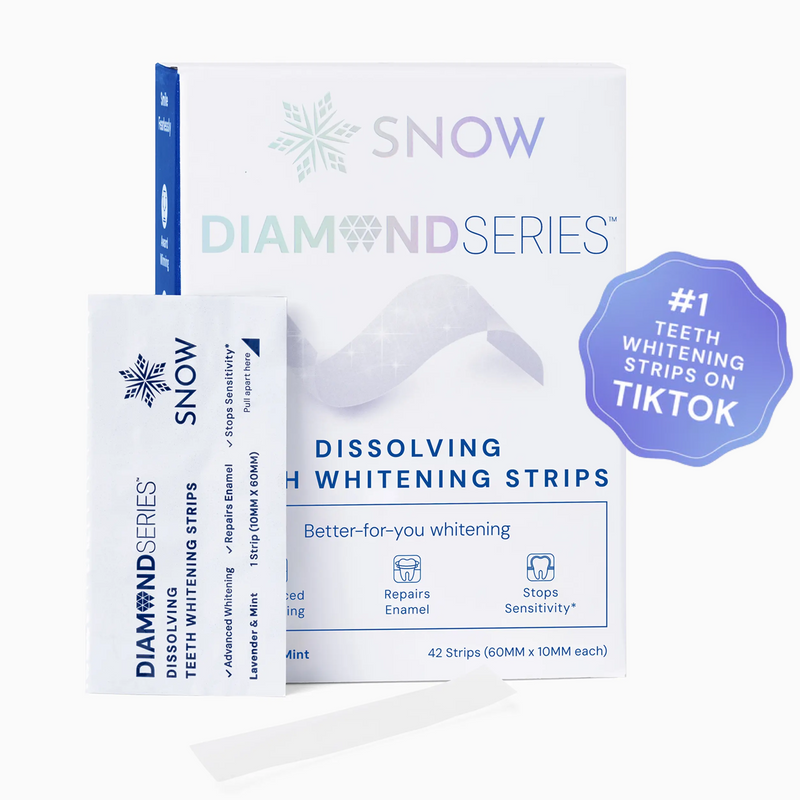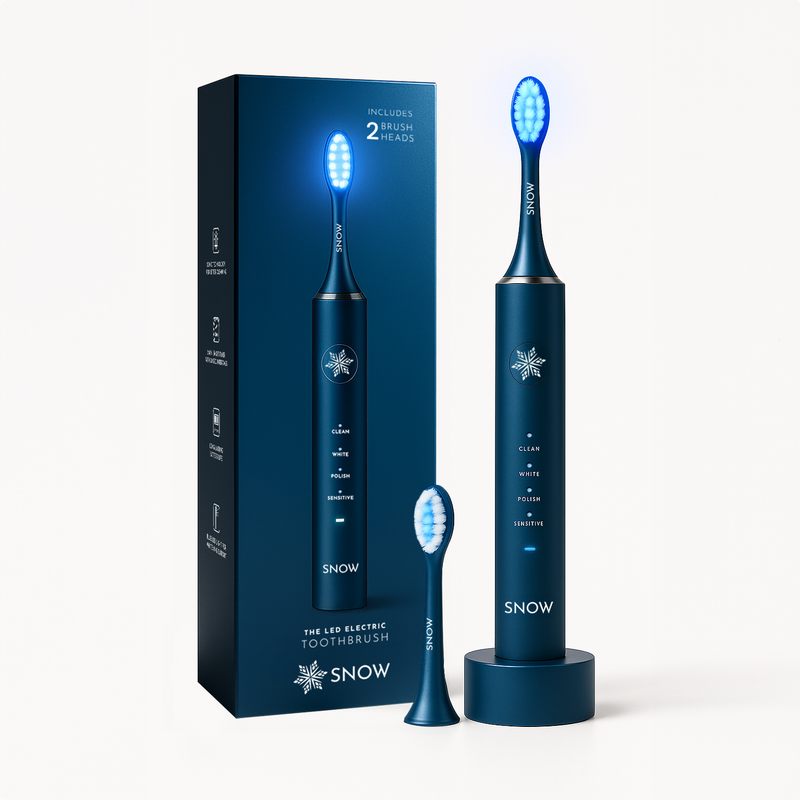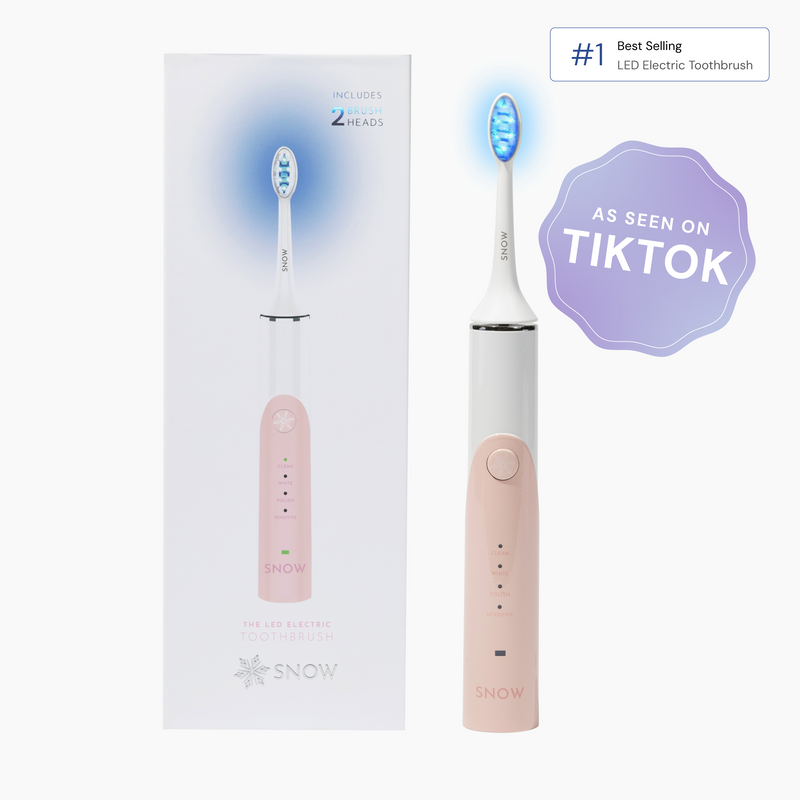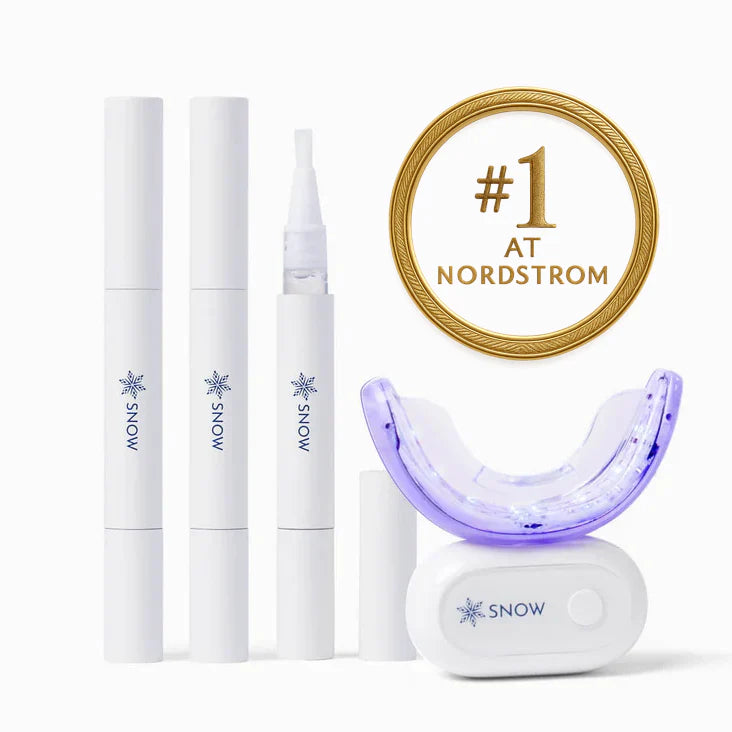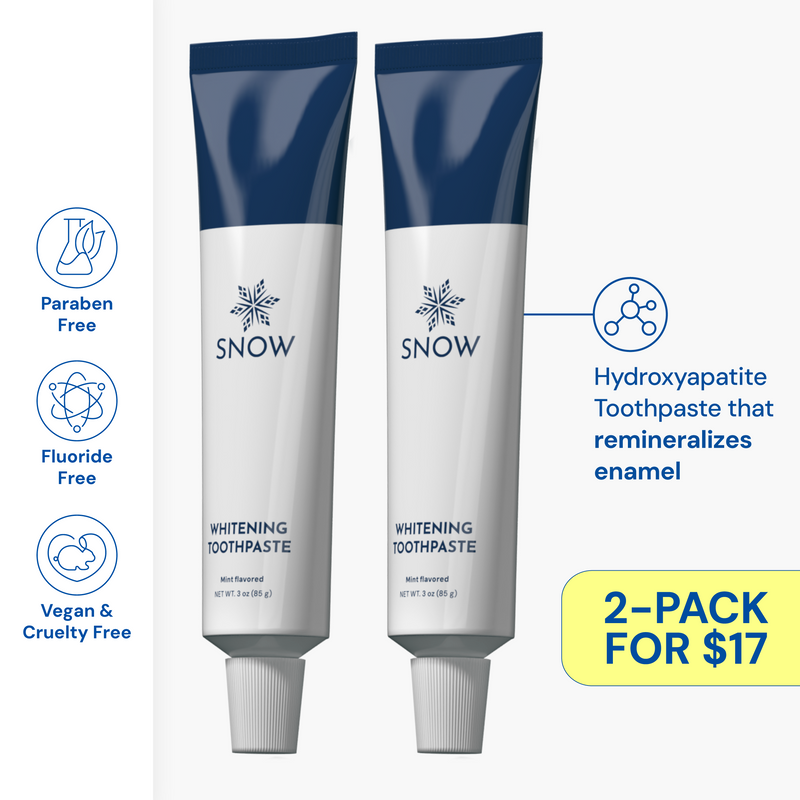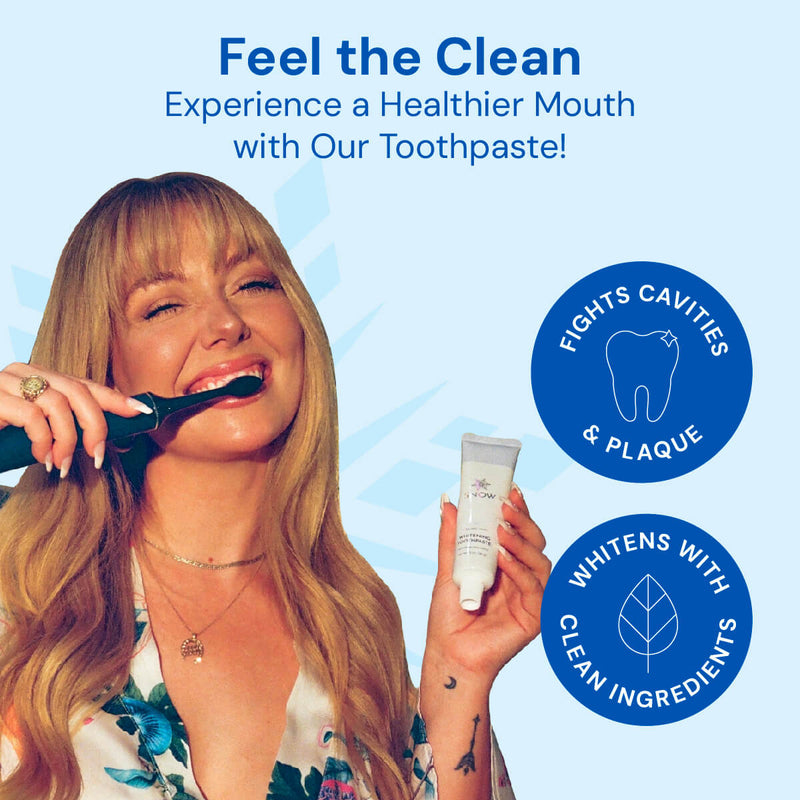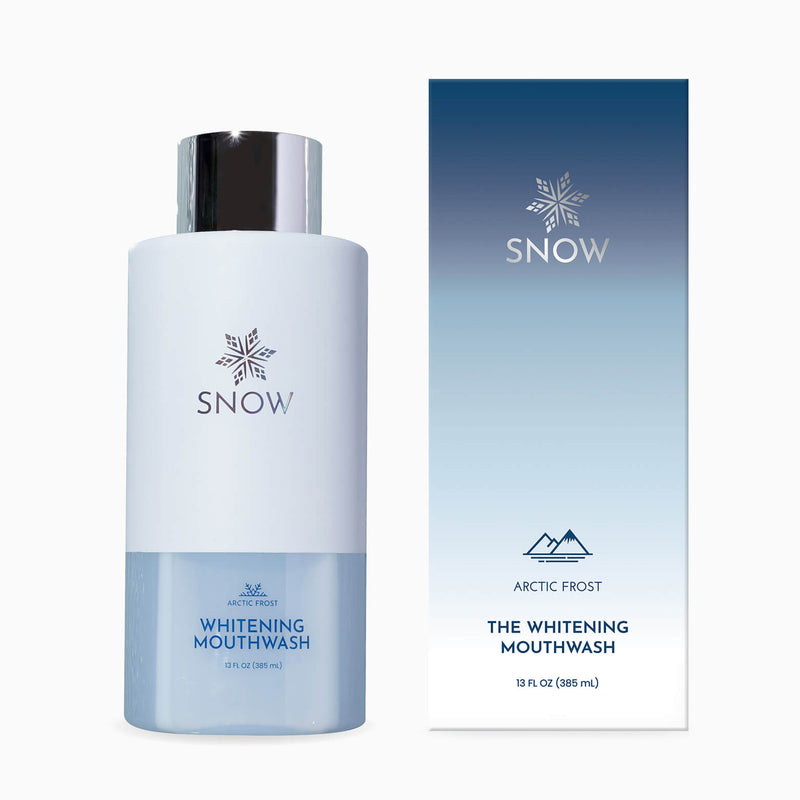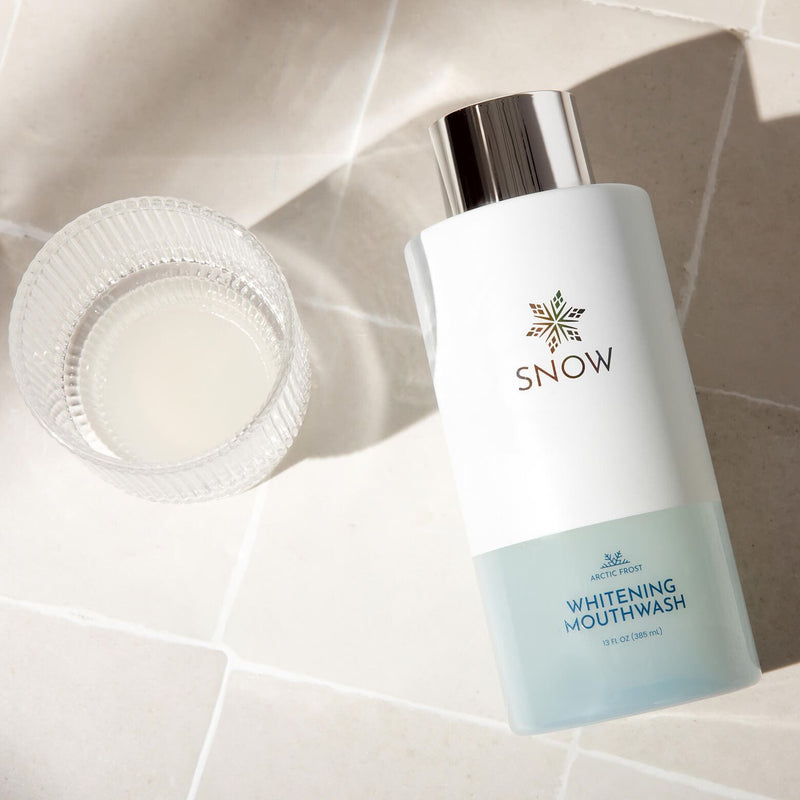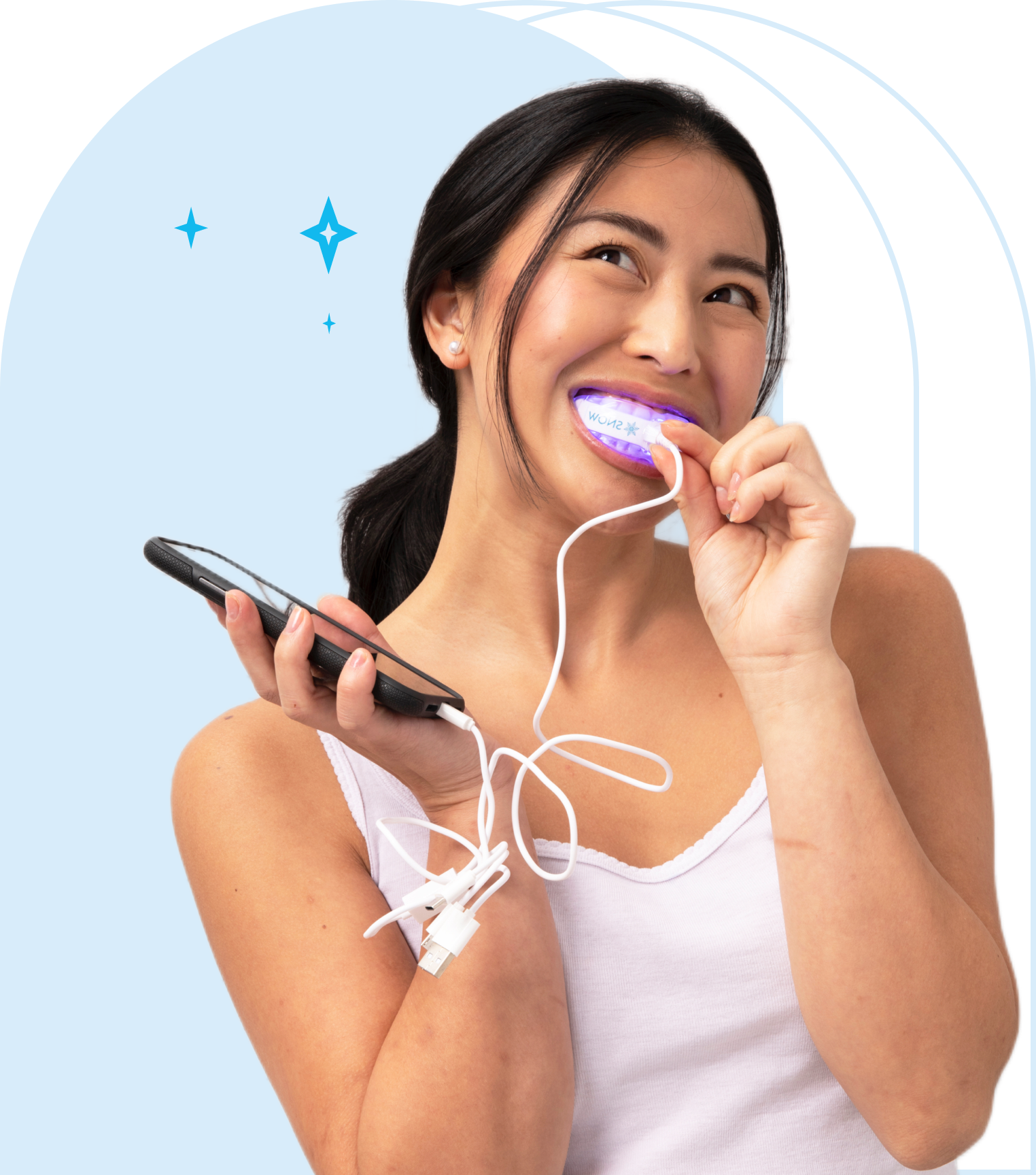Tartar buildup is more common than you might think. In fact, about 68 percent of adults in the United States have dental tartar, which forms when dental plaque hardens and sticks to your teeth. This can lead to gum disease and other oral health problems if left untreated. If you’re looking for how to remove tartar from teeth without dentist visits, this guide will walk you through safe and straightforward tartar removal methods you can try at home to keep your smile healthy.
Key Takeaways
-
Tartar, formed from hardened plaque, can lead to serious dental issues such as gum disease and tooth decay, underscoring the importance of timely removal and preventive oral hygiene.
-
Home remedies such as baking soda, oil pulling, and white vinegar can help manage tartar, but caution is necessary to avoid potential harm to teeth and gums.
-
Regular dental check-ups and professional cleanings are essential for effective tartar management and preventing oral health complications.
What Is the Difference Between Plaque and Tartar?

Plaque and tartar are related but very different in how they affect your teeth and how they can be removed.
Plaque is a soft, colorless, sticky film of bacteria that constantly forms on your teeth. It develops as you eat and drink, especially sugary and starchy foods. If not brushed and flossed away within 24 to 72 hours, plaque absorbs minerals from your saliva and hardens into tartar (calculus).
Tartar is much more problematic. It appears as a yellow, tan, or brown deposit on the surface of teeth and along the gumline. Unlike plaque, tartar cannot be removed with a toothbrush or floss. It requires specialized scaling instruments and professional training.
Failing to control plaque allows it to calcify into tartar, creating a rough surface that attracts even more plaque. This vicious cycle can lead to:
-
Gum inflammation (gingivitis)
-
Tooth decay
-
Persistent bad breath
-
Gum recession and bone loss (periodontitis)
Understanding this difference is key. You can remove plaque at home. You cannot safely remove tartar without a dental professional.
Can You Safely Remove Tartar at Home?

No, you cannot safely remove hardened tartar at home.
Tartar bonds tightly to enamel and builds up under the gumline, where it can’t be reached with ordinary tools. Trying to scrape it off yourself can lead to:
-
Scratched enamel
-
Gum damage or bleeding
-
Increased sensitivity
-
Infection from improper tool sterilization
Products marketed as "tartar scrapers" or DIY dental kits often cause more harm than good. While they may seem practical, improper use can lead to irreversible damage. The American Dental Association (ADA) does not recommend these tools for home use.
However, you can stop tartar from forming in the first place by targeting its root cause: plaque. Let’s explore those strategies next.
What Home Routines Help Manage Plaque and Prevent Tartar?
While you can't remove hardened tartar without professional dental tools, you can stay ahead of the problem by removing plaque before it calcifies. With the proper daily habits, you can keep tartar buildup under control and support healthier gums and teeth.
Let’s walk through a few typical home routines that help reduce plaque and lower your risk of tartar, along with the facts behind how they work.
Using Baking Soda to Neutralize Acids and Remove Stains
One of the most popular DIY options for managing plaque is baking soda. Its mildly abrasive texture gently polishes tooth surfaces, helping remove surface stains and reduce the acidity in your mouth that plaque bacteria thrive in.
How to use it effectively:
-
Mix one teaspoon of baking soda with a few drops of water to form a paste.
-
Use a soft-bristle toothbrush to apply the paste.
-
Gently brush for up to 2 minutes.
-
Rinse thoroughly afterward.
When to use it: Once or twice per week is usually enough. Overuse of baking soda can wear down enamel due to its abrasive nature.
While baking soda can make teeth appear cleaner and temporarily reduce plaque bacteria, it cannot remove hardened tartar. Think of it as a preventive tool, not a cure.
Using Oil Pulling to Reduce Plaque-Causing Bacteria
Oil pulling is an ancient Ayurvedic practice that has gained modern popularity as a natural way to improve oral health. By swishing oil in the mouth, the idea is to trap and remove harmful bacteria that contribute to plaque and inflammation.
How to practice oil pulling:
-
Take one teaspoon of coconut oil or sesame oil.
-
Gently swish the oil around your mouth for 10 to 15 minutes.
-
Spit it into a tissue or paper towel (not the sink).
-
Rinse your mouth with water afterward.
What the research says: Some small studies suggest oil pulling can reduce bacteria like Streptococcus mutans, which are linked to plaque formation and gingivitis. However, the American Dental Association (ADA) does not currently endorse oil pulling due to insufficient scientific evidence.
Bottom line: Oil pulling may be a helpful supplement, especially for freshening breath or easing mild gum inflammation, but it should never replace brushing or flossing.
Should You Use White Vinegar to Remove Tartar? (Why It's Not a Good Idea)
You might come across claims that white vinegar helps dissolve tartar. While it's true that vinegar has antibacterial and acidic properties, using it as a rinse can do more harm than good.
Here’s why it’s risky:
-
Acetic acid in vinegar doesn't just affect tartar; it also weakens your enamel.
-
Repeated exposure to acidic solutions can erode the minerals in your teeth.
-
This can lead to long-term sensitivity, enamel loss, and increased risk of cavities.
What to do instead: Stick with safe, science-backed methods like brushing with fluoride toothpaste and flossing daily. If you’re looking for a rinse, opt for an alcohol-free, ADA-approved antibacterial mouthwash that helps control plaque without harming enamel.
What Is the Most Effective Way to Prevent Tartar?
Preventing tartar buildup is easier and safer than trying to remove hardened plaque after it forms. The most effective strategy starts with consistent daily habits that focus on eliminating dental plaque before it calcifies into dental calculus.
Simple routines like brushing and flossing, eating a tooth-friendly diet, and using antibacterial mouthwash help maintain oral health and reduce your risk of gum disease, tooth decay, and other dental issues. Let’s walk through each prevention method and how it supports better dental hygiene.
Brushing and Flossing Techniques
Practicing good oral hygiene every day is the foundation for stopping plaque and tartar buildup.
To protect your teeth and support long-term oral health:
-
Brush your teeth at least twice a day using a soft-bristled toothbrush and fluoride toothpaste. This helps remove plaque and prevents it from hardening into tartar.
-
Choose tartar-control toothpaste with ingredients like pyrophosphates or zinc citrate. These help prevent tartar formation and support your enamel.
-
Floss daily to remove food particles and plaque between teeth and along the gum line where your brush may miss.
-
Follow up with a thorough rinse to reduce bacteria that contribute to plaque formation.
Consistent brushing and flossing can significantly lower the risk of plaque buildup and support better oral health over time.
Want an upgrade from your manual toothbrush? The SNOW® LED Whitening Electric Toothbrush uses sonic technology and LED light to enhance cleaning while protecting enamel. It's designed to help remove plaque more effectively and promote healthier teeth.
Explore SNOW’s award-winning oral care tools before the Black Friday sale ends
Dietary Adjustments
What you eat plays a bigger role in oral hygiene than many people realize. Diets high in sugary foods and refined starches fuel the bacteria that form plaque, which can eventually harden into tartar if not removed. By making minor changes to your daily eating habits, you can help prevent plaque buildup and maintain better oral health over time.
To support tartar prevention:
-
Cut back on sugary foods like candy, soda, and pastries. These feed plaque-forming bacteria, increasing your risk of tooth decay and gum disease.
-
Limit starchy foods such as white bread and crackers. They tend to stick to teeth and contribute to plaque formation.
-
Drink plenty of water throughout the day. Water helps rinse away food particles and neutralize acids in the mouth.
-
Choose whole foods like crunchy vegetables and fibrous fruits. These help clean your teeth naturally and stimulate saliva production, which protects your enamel.
Eating with your oral health in mind helps reduce the risk of hardened plaque and promotes strong, healthy teeth.
Pro tip: After meals or snacks, brushing isn’t always an option. That’s when SNOW® Whitening Floss Picks with Activated Charcoal come in handy. They help remove trapped food particles and surface stains on the go, while supporting your oral hygiene routine.
Should You Use Antibacterial Mouthwash to Help Prevent Tartar?
Yes, adding an antibacterial mouthwash to your routine can make a real difference in your overall oral hygiene. While brushing and flossing remove most plaque, rinsing with a high-quality mouthwash helps reduce bacteria that brushing might miss, especially along the gum line and between teeth.
This added protection helps prevent tartar formation and supports healthier gums over time.
Here’s why mouthwash matters:
-
It helps kill bacteria that contribute to plaque and tartar buildup.
-
It reaches areas of your mouth that are harder to clean with brushing alone.
-
It freshens breath while promoting long-term oral health.
For best results, choose a non-alcoholic, antibacterial rinse that fits easily into your daily routine. Swish for 30 seconds after brushing and flossing to support a full-mouth clean.
Looking for a boost? SNOW®'s Magic Whitening Toothpaste Booster Powder pairs beautifully with your regular toothpaste and oral rinse. Just sprinkle a bit into your brushing routine to help neutralize bacteria and enhance stain removal, especially helpful if you're aiming to maintain clean, healthy teeth between professional cleanings.
Try it now while it’s still 40% off during SNOW’s Black Friday event
When to Seek Professional Help
Even the best home routine can only do so much. When tartar has already formed, especially under the gum line, it’s time to see a dental professional. Unlike plaque, dental calculus (hardened tartar) bonds tightly to tooth enamel and requires specialized tools to remove it safely.
Watch for these warning signs that it’s time for a professional dental cleaning:
-
Brown, yellow, or tan stains that don’t brush away
-
Black spots on the gum line
-
Red, swollen, or bleeding gums
-
Persistent bad breath
-
Increased tooth sensitivity
-
Cavities or visible signs of tooth decay
If left untreated, plaque buildup leads to hardened tartar, which can trigger gum disease, inflammation, and even tooth loss over time. Professional cleanings obliterate tartar and help reverse early signs of gingivitis.
Your dental hygienist also plays a key role in monitoring your gum health and providing tailored guidance on maintaining good oral hygiene between visits.
Reminder: If your routine isn’t keeping tartar from your teeth, it’s not a failure; it just means it’s time to add professional care into your strategy.
Final Thoughts
To recap, you cannot entirely remove hardened tartar from your teeth at home. But you can prevent its formation with smart, consistent habits. Brushing and flossing, avoiding sugary foods, using antibacterial mouthwash, and making dietary adjustments all support better oral health.
Baking soda and oil pulling may help remove plaque, but they are not substitutes for professional cleaning.
Staying ahead of tartar means more than just avoiding stains; it means protecting your tooth enamel, keeping gum disease at bay, and avoiding painful or expensive dental issues later.
When in doubt, schedule your next dental checkup and let your provider guide you with expert care.
And for daily maintenance at home, explore SNOW’s fluoride-free whitening line trusted by over 5 million smiles. Safe for enamel, gentle on sensitivity, and clinically proven to brighten with every brush.
Shop now and save up to 49% during the Black Friday event
Frequently Asked Questions
Still have questions about tartar, plaque, or oral care routines? This section clears up common concerns so you can feel confident about your next steps toward a healthier smile.
Will removing tartar loosen teeth?
Removing tartar may create a temporary feeling of looseness in teeth, but it ultimately promotes better oral health by allowing gums and roots to reattach. Therefore, it does not make teeth likely to fall out.
Can tartar be safely removed at home?
Tartar should not be removed at home, as professional dental cleanings are the safest and most effective way to remove hardened tartar. At-home remedies can assist in management, but are not sufficient for complete removal.
What are common signs that I need professional help for tartar removal?
If you notice brown, yellow, or black stains on your teeth, red or bleeding gums, bad breath, or increased tooth sensitivity, these are clear signs that you should seek professional help for tartar removal. Addressing these issues promptly can help maintain your oral health.
How often should I use baking soda for tartar removal?
Using baking soda for tartar removal should be done sparingly, about once a week, to prevent damage to your tooth enamel. Be sure to rinse thoroughly after each use.
What dietary changes can help prevent tartar buildup?
To prevent tartar buildup, limit sugary and starchy foods while incorporating a balanced diet rich in vegetables. This simple dietary change can significantly improve oral health.

















































